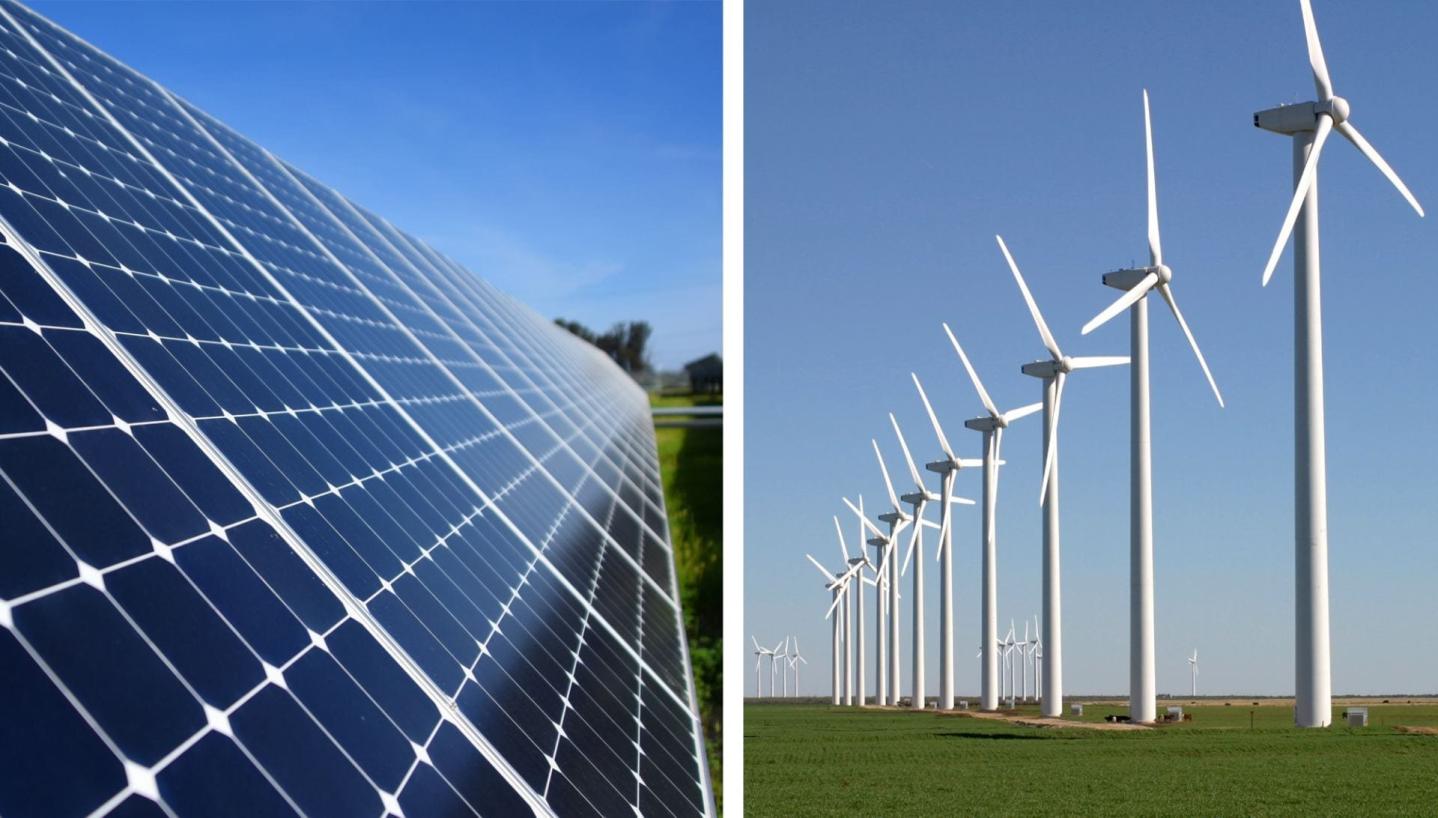What Are the Latest Advancements in Renewable Energy Technology?
Renewable energy technology refers to the use of natural resources such as sunlight, wind, water, and geothermal heat to generate electricity or produce fuels. These technologies play a crucial role in addressing climate change and promoting sustainability by reducing reliance on fossil fuels and minimizing greenhouse gas emissions.

I. Solar Energy Advancements:
- Recent Breakthroughs in Solar Cell Efficiency: Scientists have achieved significant improvements in the efficiency of solar cells, pushing the limits of energy conversion efficiency.
- Development of New Materials for Solar Panels: Researchers are exploring novel materials, such as perovskites and organic compounds, to enhance the performance and reduce the cost of solar panels.
- Innovations in Solar Energy Storage Systems: Advances in battery technology, including lithium-ion and flow batteries, have enabled the efficient storage of solar energy for use during periods of low sunlight.
- Emerging Applications of Solar Energy: Solar energy is finding new applications beyond traditional grid-connected systems. Solar-powered vehicles, off-grid systems, and solar-powered desalination plants are gaining traction.
II. Wind Energy Innovations:
- Progress in Wind Turbine Design and Efficiency: Wind turbine designs have evolved to increase energy capture and efficiency. Larger turbines with longer blades and improved aerodynamic profiles are being developed.
- Development of Floating Offshore Wind Turbines: Floating offshore wind turbines are emerging as a promising technology for harnessing wind energy in deep waters, where traditional fixed-bottom turbines are not feasible.
- Advances in Wind Energy Storage Technologies: Similar to solar energy, advancements in battery technology are enabling the storage of wind energy for use during periods of low wind speeds.
- Integration of Wind Energy with Other Renewable Sources: Wind energy is increasingly being integrated with other renewable energy sources, such as solar energy, to create hybrid systems that provide reliable and consistent power.
III. Hydropower And Tidal Energy:
- New Technologies for Harnessing Hydropower from Small-Scale Sources: Innovations in hydropower technology have made it possible to harness energy from small rivers, streams, and canals, providing a decentralized and sustainable source of electricity.
- Innovations in Tidal Energy Turbines and Generators: Tidal energy turbines have been developed to capture the energy from tidal currents, offering a predictable and reliable source of renewable energy.
- Advances in Pumped Hydro Storage Systems: Pumped hydro storage systems, which involve pumping water uphill during periods of low energy demand and releasing it downhill to generate electricity during peak demand, are being improved for greater efficiency and flexibility.
IV. Geothermal Energy Developments:
- Enhanced Geothermal Systems (EGS) and Their Potential: EGS involves creating artificial geothermal reservoirs by injecting water into hot rocks to extract heat. This technology has the potential to unlock vast amounts of geothermal energy.
- Progress in Geothermal Drilling and Exploration Techniques: Advancements in drilling and exploration techniques have enabled the development of geothermal resources in previously inaccessible areas.
- Innovations in Geothermal Heat Pumps and Direct Use Applications: Geothermal heat pumps are becoming more efficient and affordable, making geothermal energy a viable option for heating and cooling buildings. Direct use applications, such as geothermal spas and greenhouses, are also gaining popularity.
V. Biomass And Bioenergy:
- Advances in Biomass Conversion Technologies: Biomass conversion technologies, such as gasification and pyrolysis, are being refined to produce cleaner and more efficient biofuels and bioenergy.
- Development of Biofuels from Algae and Other Non-Food Sources: Researchers are exploring the use of algae and other non-food sources to produce biofuels, reducing the competition with food crops.
- Innovations in Bioenergy Production and Utilization: Advances in bioenergy production and utilization, such as the development of biorefineries and combined heat and power (CHP) systems, are improving the efficiency and sustainability of bioenergy systems.
VI. Emerging Renewable Energy Technologies:
- Hydrogen Fuel Cells and Their Applications: Hydrogen fuel cells, which generate electricity through a chemical reaction between hydrogen and oxygen, are being developed for use in vehicles, stationary power generation, and portable devices.
- Ocean Thermal Energy Conversion (OTEC) and Its Potential: OTEC systems harness the temperature difference between warm surface waters and cold deep waters to generate electricity, offering a continuous and reliable source of renewable energy.
- Innovations in Renewable Energy Microgrids and Distributed Generation Systems: Microgrids and distributed generation systems, which involve the integration of multiple renewable energy sources at the local level, are gaining traction as a means of increasing energy resilience and reducing reliance on centralized grids.
VII. Policy And Regulatory Developments:
- Government Initiatives and Policies Supporting Renewable Energy: Governments around the world are implementing policies and initiatives to promote the adoption of renewable energy, including feed-in tariffs, tax incentives, and renewable portfolio standards.
- Role of International Agreements and Targets in Promoting Renewable Energy Adoption: International agreements, such as the Paris Agreement, and targets, such as the Sustainable Development Goals, are driving global efforts to increase the share of renewable energy in the energy mix.
- Challenges and Opportunities in Implementing Renewable Energy Policies: While there is a growing momentum towards renewable energy, challenges remain in terms of grid integration, intermittency, and the need for supportive policies and regulations.
VIII. Summary:
The advancements in renewable energy technology are paving the way for a sustainable and low-carbon future. With continuous innovations in solar, wind, hydro, geothermal, biomass, and emerging technologies, the world is moving towards a cleaner and more resilient energy system. Policy and regulatory support, coupled with technological progress, will be crucial in accelerating the transition to a renewable energy-powered world.
YesNo

Leave a Reply